In pictures: Georgia's forgotten people
- 19 September 2016
- Magazine
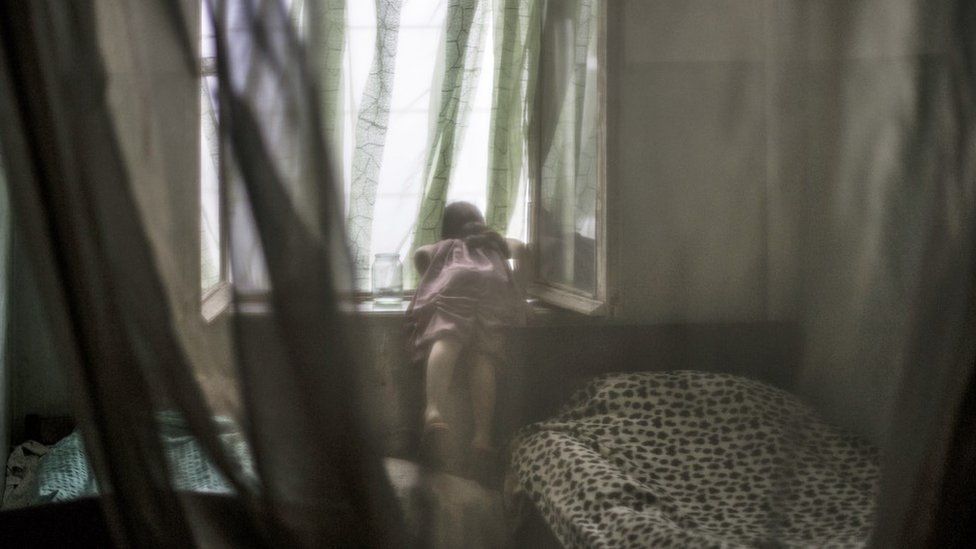 JACOB BORDEN
JACOB BORDEN
Twenty-five years after the fall of the USSR, many people struggling to find a home and a job in the former Soviet republic of Georgia have made their home in abandoned buildings.
Some are refugees from Abkhazia, a Georgian region which fought a war of secession in 1992-93. A quarter of a million people were internally displaced in the conflict. Others became homeless after simply falling on hard times.
Approximately 400 are living in harsh conditions in an abandoned Soviet-era military hospital in the capital, Tbilisi. Photographer Jacob Borden captured what life is like for these people living on the margins of society.
 JACOB BORDEN
JACOB BORDEN
Maia Daiauri, aged 45, works to turn one of the rooms in the former hospital into a liveable space. All of the occupied rooms have windows, and almost all of the residents have a small gas canister and burner to cook on. Most rooms have small wood-burning stoves, used as heaters in the winter. Those who do not have access to heating or plumbing share with their neighbours. There is a strong sense of community. As one resident says: "We don't have much, all we have is each other."
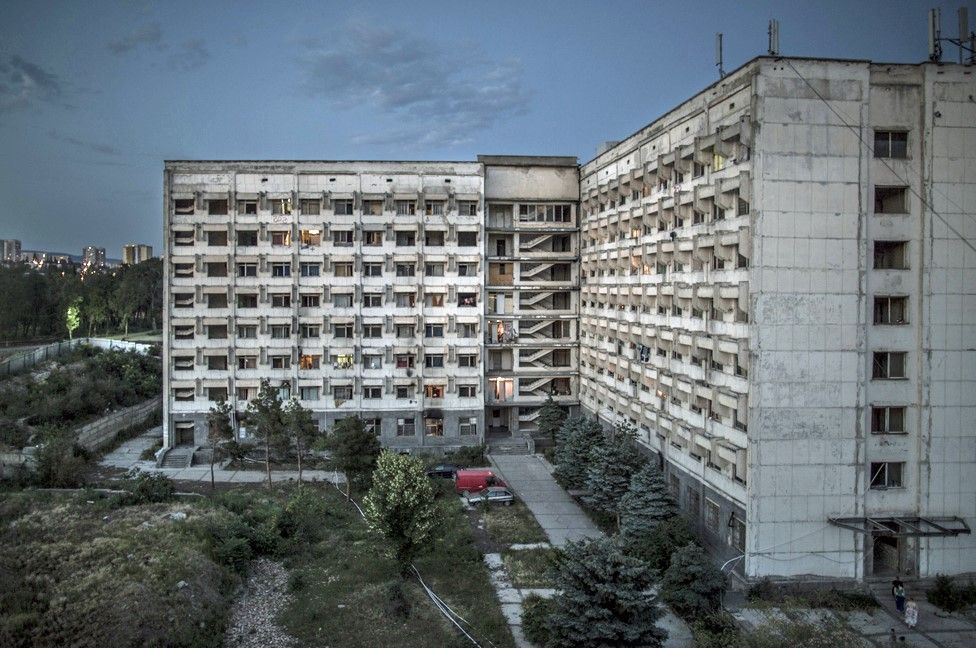 JACOB BORDEN
JACOB BORDEN
The derelict hospital is unsafe, and utilities such as electricity are diverted through a patchwork of wires and pipes, while raw sewage often trickles down walls because of broken plumbing. In 2015, a young boy died in a fire caused by faulty wiring.
 JACOB BORDEN
JACOB BORDEN
About 80 children live in the building and the majority are under six years old, like Nikoloz Beriashuili, aged two, who sleeps in the same room as his mother, father and sister. Some of the children who live in the building skip school, saying they do not find it useful. Older children who have also dropped out of school often take care of their younger siblings.
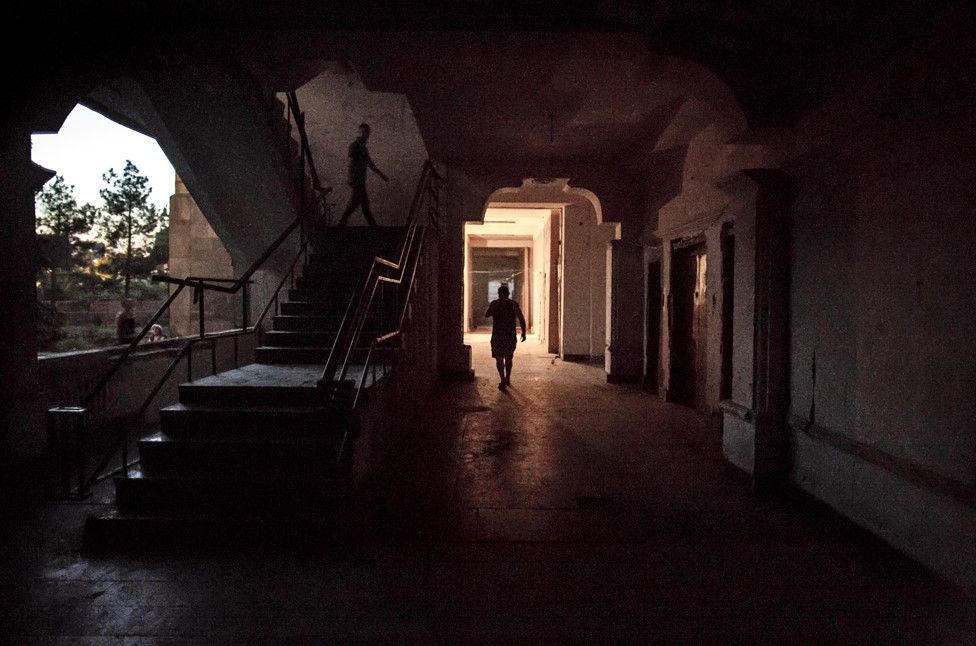 JACOB BORDEN
JACOB BORDEN
Most of the residents rely on state benefits. They prefer to spend the 300 Lari (£97.99) they receive each month on food, rather than use it to rent poor-quality housing, and they avoid taking official jobs for fear of losing this cash lifeline.
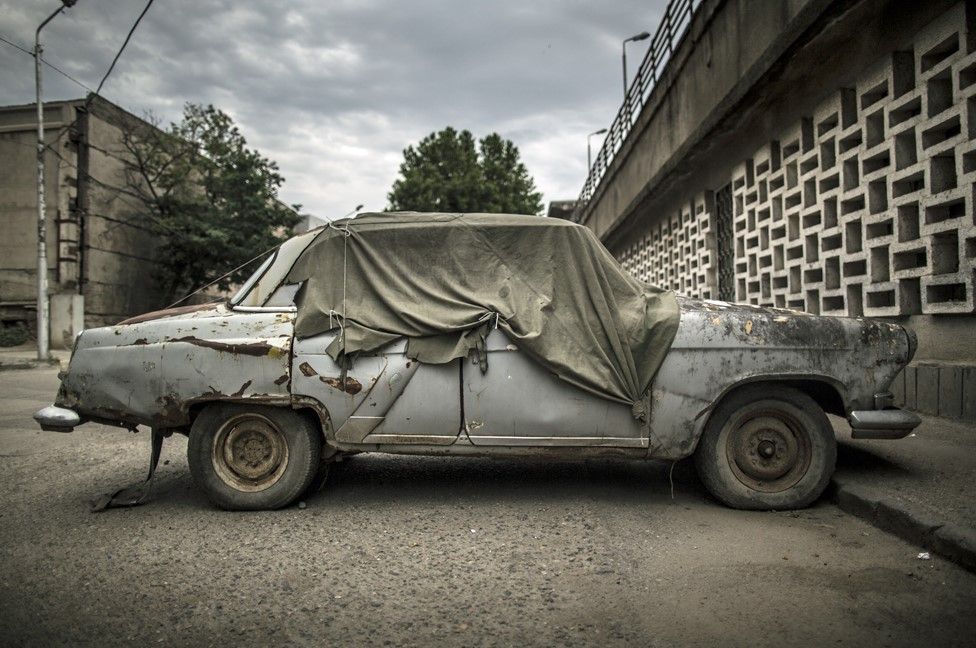 JACOB BORDEN
JACOB BORDEN
A Soviet-era car sits in a parking lot outside the building. Some older residents remember the communist era with nostalgia, as they say they had homes, jobs and stability then. Most are embittered and feel they have been left behind by Georgia's shift to a market economy.
 JACOB BORDEN
JACOB BORDEN
Matiko Pirtskhulava, aged 46, stands in her two-room unit. She lives alone while her two teenage children attend a seminary. In the building there are many women who live by themselves or with children, some have been widowed and subsequently left homeless.
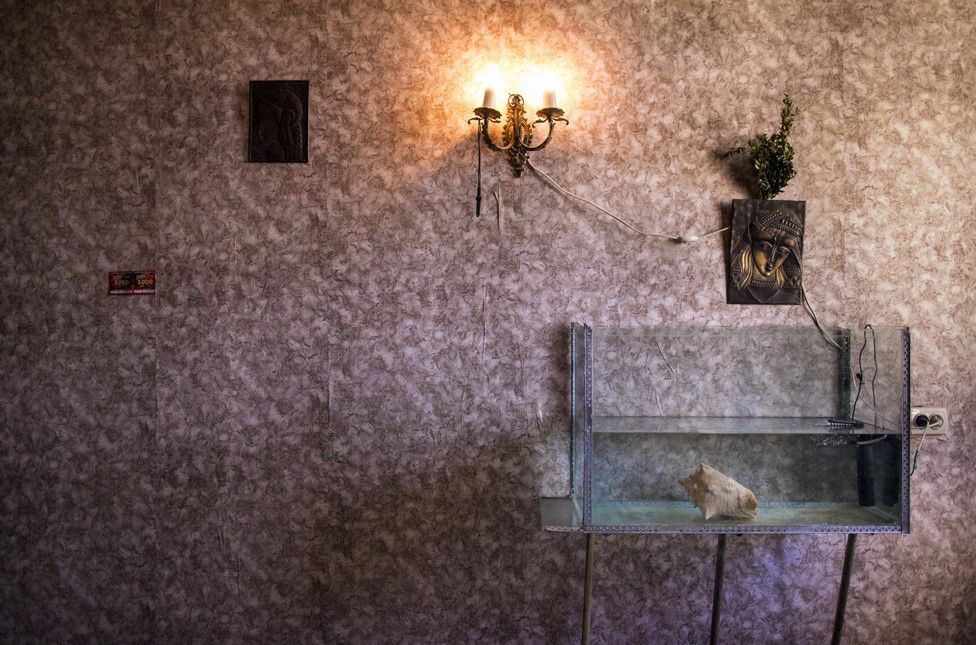 JACOB BORDEN
JACOB BORDEN
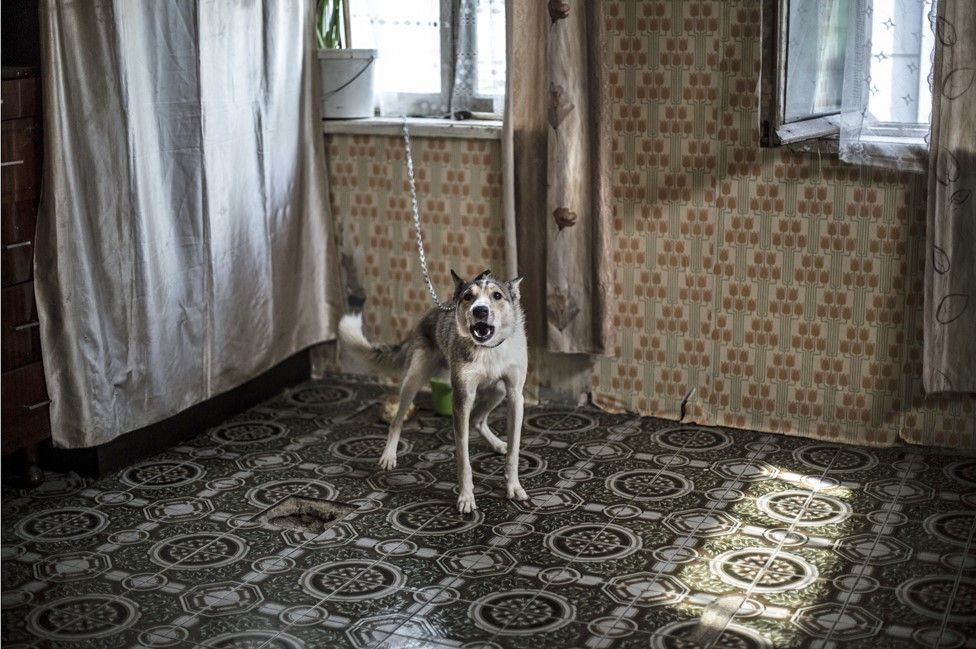 JACOB BORDEN
JACOB BORDEN
The residents do their best to improve the building and make the rooms they live in comfortable. Wallpaper and flooring scavenged from the neighbourhood are used to transform the concrete rooms into a home. A large conch shell provides shelter for a solitary minnow in the fish tank of one bedroom.
 JACOB BORDEN
JACOB BORDEN
There are approximately 150 families living in the building. Marium Gabisonia, aged seven, shares a room with her sister and plays childhood games like tag in the corridors of the former hospital.
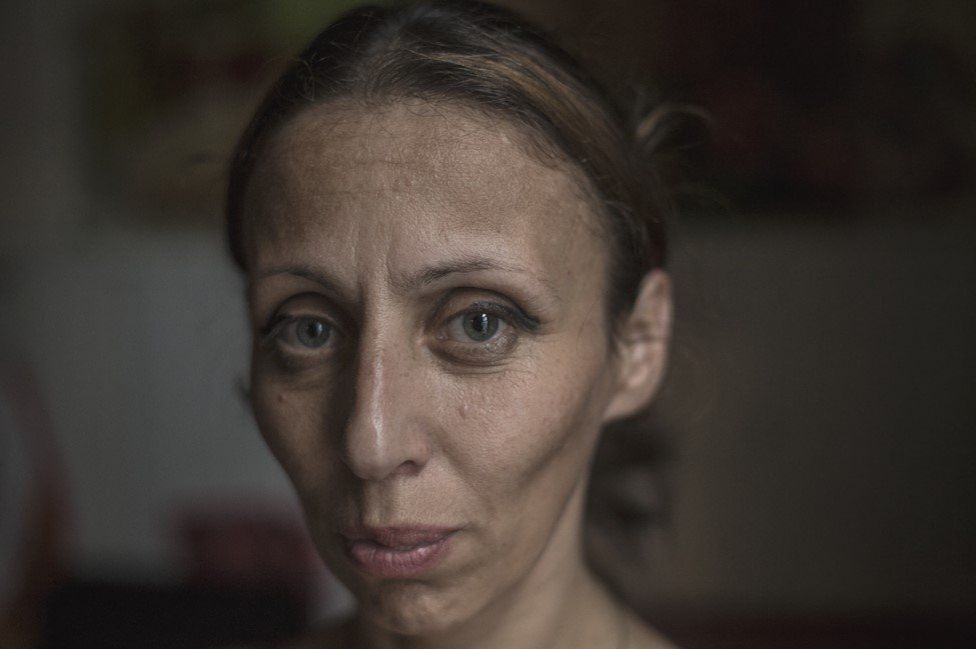 JACOB BORDEN
JACOB BORDEN
Ia Ochiauri, 42, a mother of two, lives with her husband and his brother, doing odd jobs to get by.
![Matiko Pirtskhulava, aged 46, says: “I do not feel like I am a part of [Georgian] society"](https://ichef-1.bbci.co.uk/news/976/cpsprodpb/1634D/production/_91175909_mediaitem91175908.jpg) JACOB BORDEN
JACOB BORDEN
Matiko Pirtskhulava, aged 46, says: "I do not feel like I am a part of [Georgian] society." Many residents feel they have been overlooked by modern society, and watch while the echoes of Georgia's past crumble before their eyes.
All photographs by Jacob Borden. Additional reporting by Tbel Abuseridze.